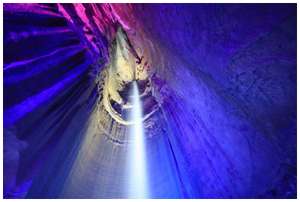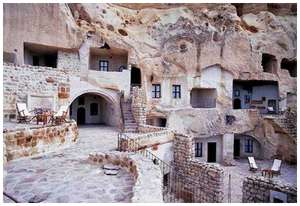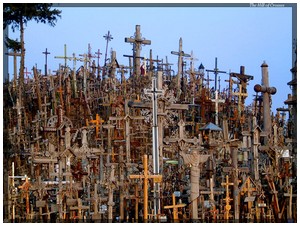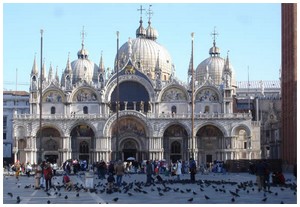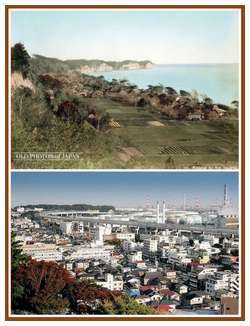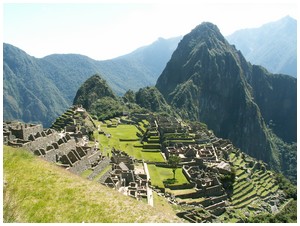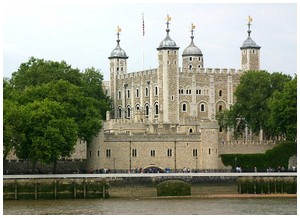 In the early 1080s, William - the one who conquered Harold, with an arrow in his eye - started to construct a huge stone tower at the centre of London. Nothing so grand had ever been seen before. And over time, it grew wven larger, as each succesive king and queen added to it.
In the early 1080s, William - the one who conquered Harold, with an arrow in his eye - started to construct a huge stone tower at the centre of London. Nothing so grand had ever been seen before. And over time, it grew wven larger, as each succesive king and queen added to it.
William, Duke of Normandy invaded and defeated the English under King Harold at the Battle of Hastings. Realising he must next secure England's most powerful city - London - he did not attack directly but first laid waste to the surrounding countryside. An advance guard went to London to construct a fortress and prepare for his triumphal entry into the city. After his coronation in Westminster Abbey on Christmas Day 1066, the new king withdrew to Barking in Essex, while several strongholds were made ready in the City to safeguard against the fierce population. Historical evidence makes us think that one of William's strongholds was in the south-east corner of the Londinium Roman city walls, on the site where the Tower of London was constructed. These early defences...
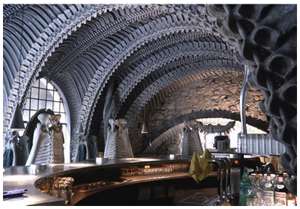 I bet you feel like you’re having a drink in a bar built by the Alien.
I bet you feel like you’re having a drink in a bar built by the Alien.

